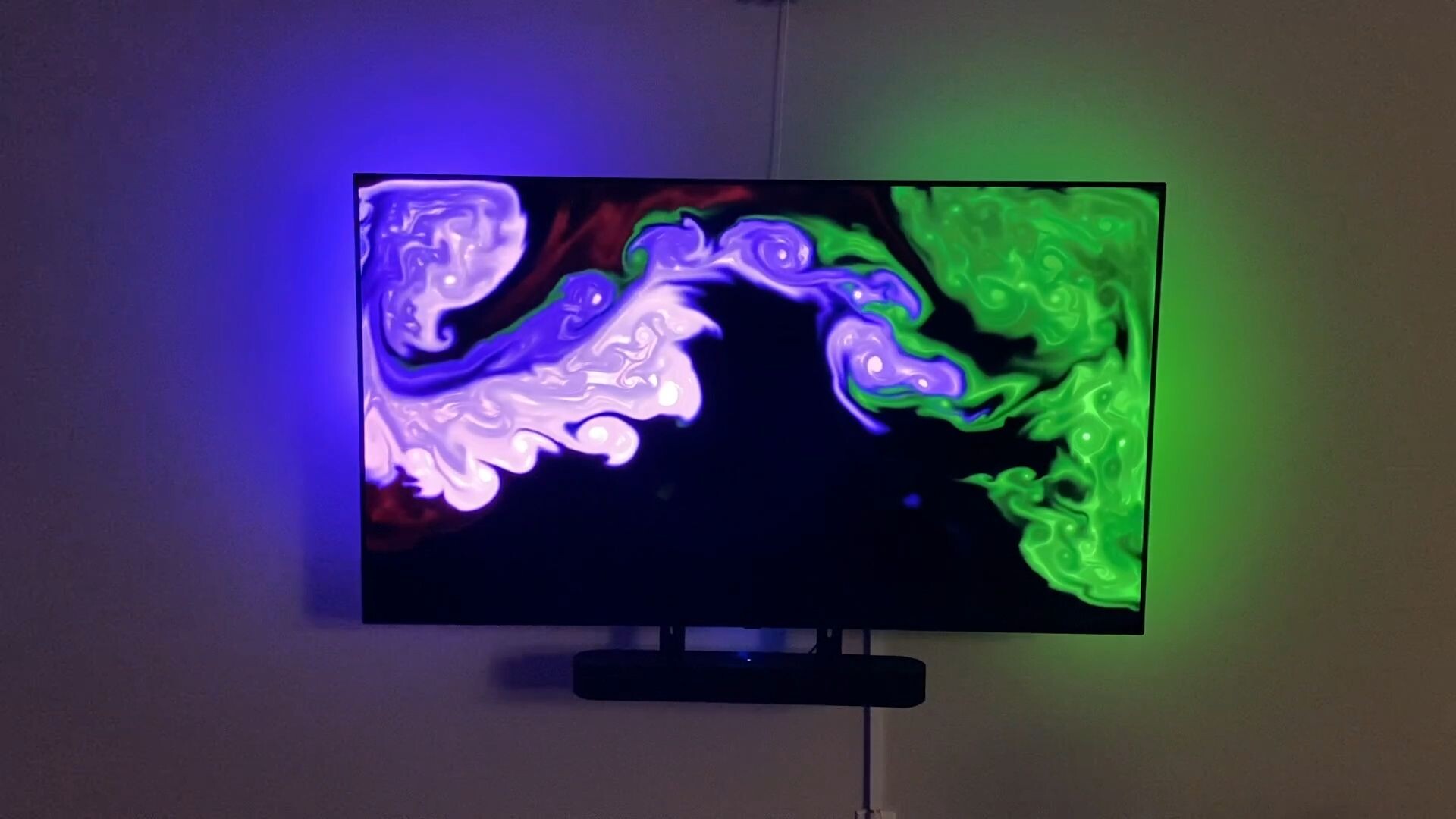This project is a journey from an idea to a working prototype. When I started this project in 2017 with just a simple idea, I had no idea what I was getting myself into, but it’s been such a fun learning experience for me.
Prototype
This is how it started in 2017. I started with just a pen and paper and the infinite wisdom of the internet. What I thought was a “piece of cake” turned out to be a “pandora’s box”. Not having any background in electronics didn’t help either. But I was “in for a penny in for a pound”. While working on this project, I learned so much about electronics, microcontrollers, Arduino programming, Raspberry Pi, LED strips, 3D printing as well as open-source software and hardware in general.





Bonus Demo
Components
- HDMI Sources (Nexus Player, Xbox)
- HDMI Switch (4 input/1 output)
- HDMI Splitter
- USB Video Grabber
- Raspberry Pi
- Individually addressable LED strip
- Power source for LED strip, Raspberry Pi
- Software – Hyperion (Running on Raspberry Pi)
Over the years, I have simplified this setup with just one HDMI source, a Raspberry Pi, a USB Video grabber, Hyperion-NG running on Raspberry Pi, and WLED running on an ESP8266 microcontroller.
After working on this project, I learned how easy it is to flash WLED on a microcontroller to wirelessly control an LED strip. I have a bunch of LED strips installed throughout the house. One of them is installed in the temple room which turns on and off based on motion in the room. I have another one installed behind the wall clock, which plays different effects throughout the day and also mirrors the TV screen display color when TV is on.

2 thoughts on “TV Ambient Lighting”